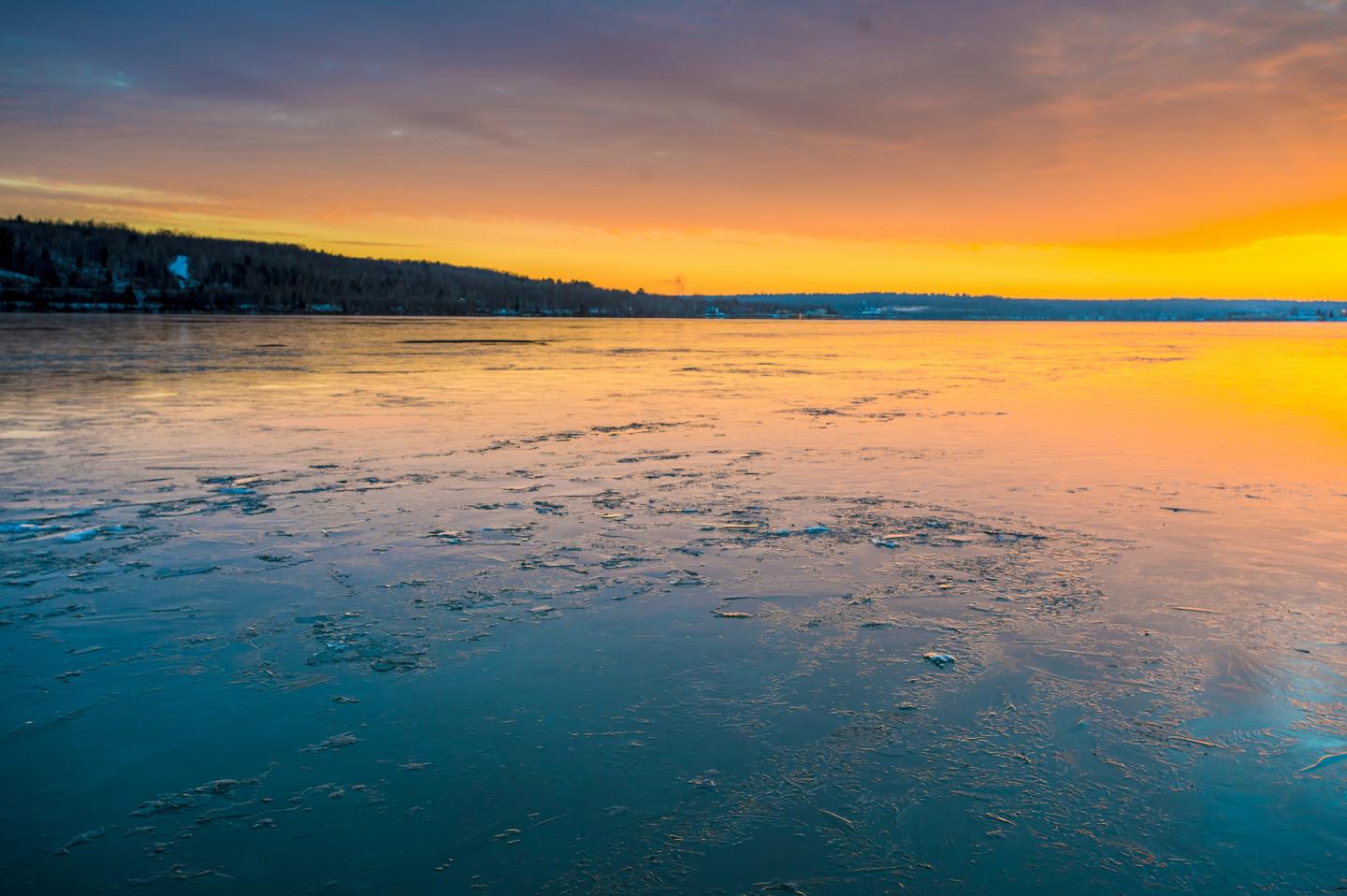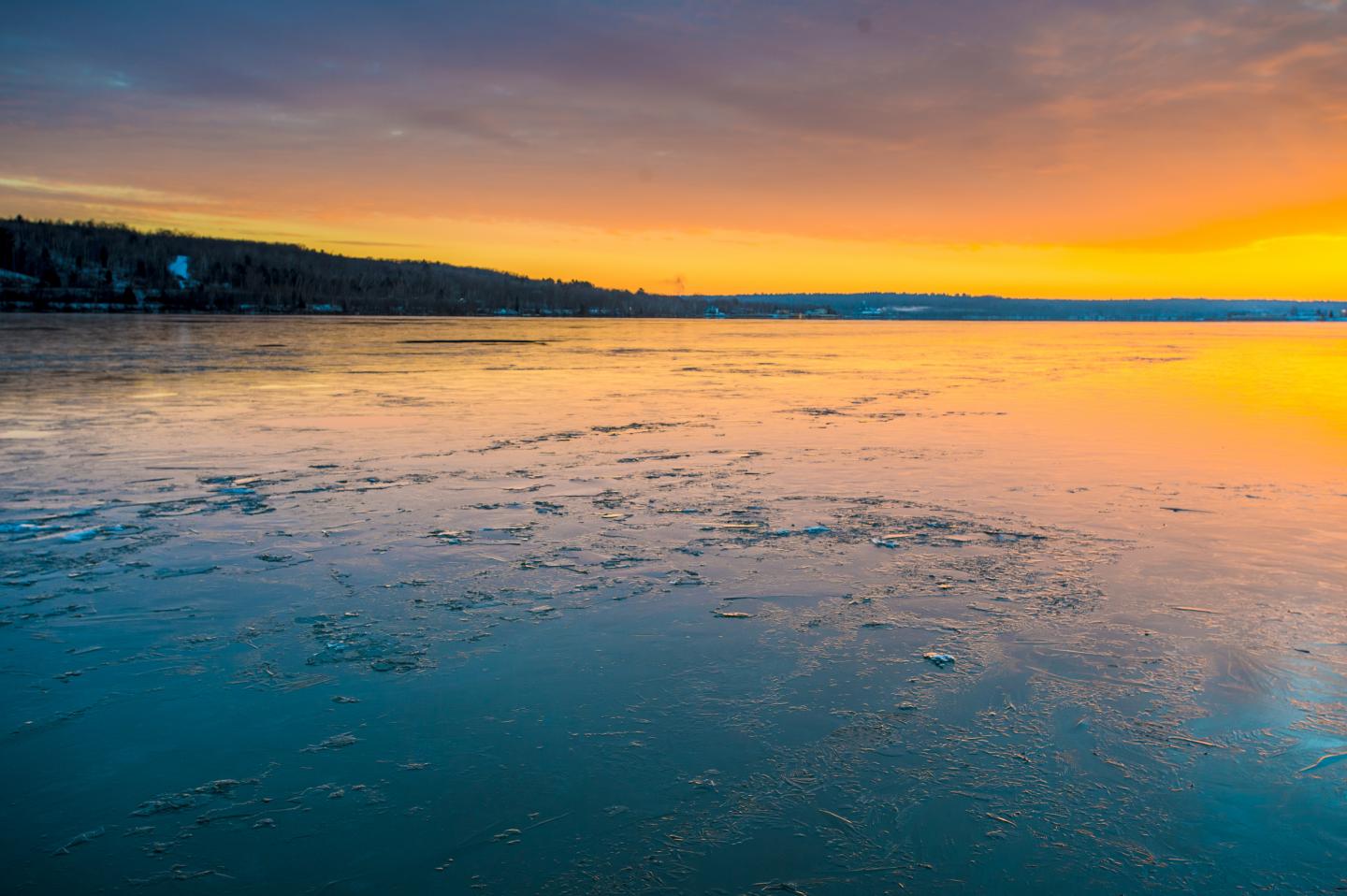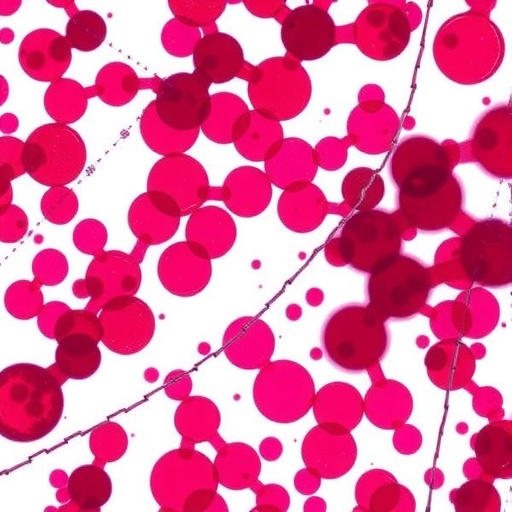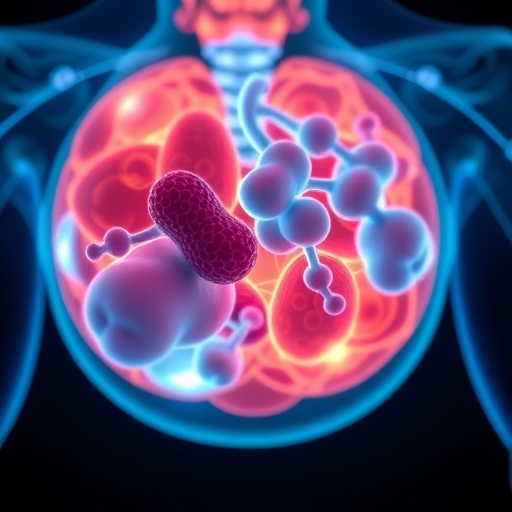
Credit: Michigan Tech, Sarah Bird
Up until now, atmospheric models and hydrodynamic models have remained separate to a large extent in the Great Lakes region, with only a few attempts to loosely couple them. In a new study, published online this week in the Journal of Climate, an integrated model brings together climate and water models.
The collaborative work is the product of researchers from Michigan Technological University, Loyola Marymount University, LimnoTech and the National Oceanic and Atmospheric Administration's Great Lakes Environmental Research Laboratory. Pengfei Xue, an assistant professor of civil and environmental engineering at Michigan Tech, led the study through his work at the Great Lakes Research Center on campus.
"One of the important concepts in climate change, in addition to knowing the warming trend, is understanding that extreme events become more severe," Xue says. "That is both a challenge and an important focus in regional climate modeling."
To make those connections, the model specifically uses two-way coupling and 3-dimensional modeling to connect atmospheric and lake body interactions. Two-way coupling is like a two-way street and enables feedback between variables; other models use preset inputs that act more like one-way streets. Current models also rely on 1-D lake models that cannot account for the dynamic nature of hydrologic processes in bodies of water as large as the Great Lakes.
For comparison, most widely used global climate models use only tens of grid points (roughly 0.5 degree resolution) to cover all of the Great Lakes, if they account for the lakes at all. To create a more nuanced view, like what has been accomplished already in ocean coastline modeling, the new model simulates the hydrodynamics of the Great Lakes region with 3-D hydrodynamic model constructed of 40 vertical layers and 2-kilometer horizontal grid resolution. That's roughly 50,000 grids for each layer, which enables feedback between air and water data.
The datasets used are so large that they can only run on a supercomputer. Xue uses the Superior supercomputer at the Great Lakes Research Center. Xue and his team vetted the model's accuracy by comparing its simulations to historical records and satellite data.
"This kind of approach has been recognized as a critical step in the Great Lakes region that has been building over the past decade," Xue says.
The next stage of the research will expand the model to include surface water runoff. Refining the model is a community effort, and the team plans to work with current collaborators to apply and test the limits of the model.
In its current version, the new model provides better footing to further Great Lakes research. By doing so, scientists will glean more information about everything from regional climate change and shipping to oil spill mitigation and invasive species.
###
Media Contact
Allison Mills
[email protected]
906-487-2343
@michigantech
http://www.mtu.edu
############
Story Source: Materials provided by Scienmag





